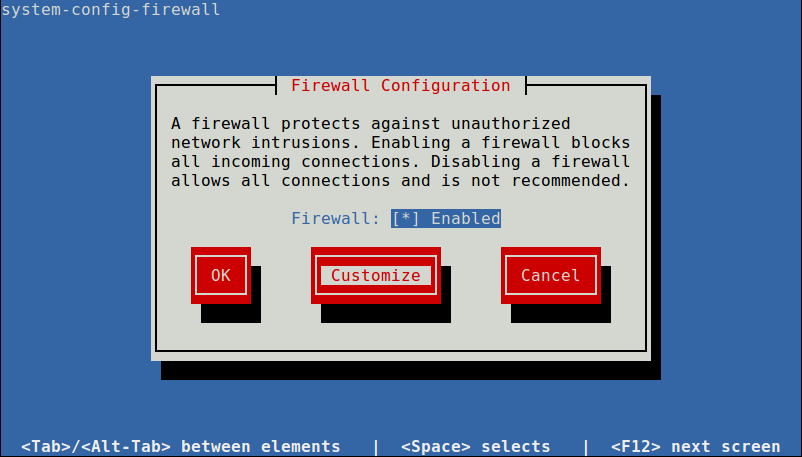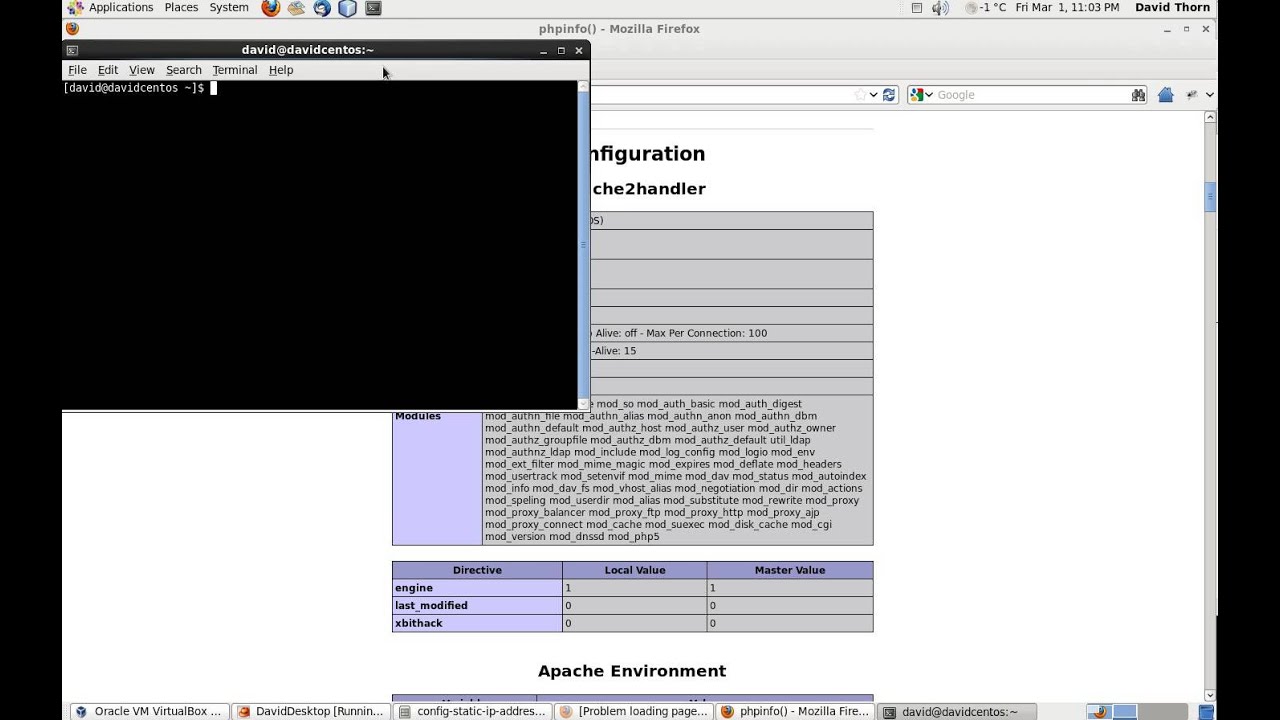

- #HOW TO OPEN PORT IN REDHAT LINUX 7 HOW TO#
- #HOW TO OPEN PORT IN REDHAT LINUX 7 INSTALL#
- #HOW TO OPEN PORT IN REDHAT LINUX 7 WINDOWS#
The cookie is set by the GDPR Cookie Consent plugin and is used to store whether or not user has consented to the use of cookies. A client wants to enable a port at 12375 port, for his chat software. The cookie is used to store the user consent for the cookies in the category "Performance". This cookie is set by GDPR Cookie Consent plugin. Red Hat Product Security Center Engage with our Red Hat Product Security team, access security updates, and ensure your environments are not exposed to any known security vulnerabilities. The cookies is used to store the user consent for the cookies in the category "Necessary". If you want to open or close a port for a Linux firewall you have to edit the rules in the iptables configuration. This cookie is set by GDPR Cookie Consent plugin. The cookie is used to store the user consent for the cookies in the category "Other.
#HOW TO OPEN PORT IN REDHAT LINUX 7 WINDOWS#
In this case in Windows I just type telnet to launch telnet client, and then o localhost 3333 to test if I can connect. This cookie is set by GDPR Cookie Consent plugin. On my local machine some network application is launched on port 3333 and I want to check that it 'accepts connections'.

The cookie is set by GDPR cookie consent to record the user consent for the cookies in the category "Functional". The cookie is used to store the user consent for the cookies in the category "Analytics". Therefore, this tutorial will use the official Postgres repository. Firstly, the firewall port can be opened as part of a pre-configured service.

But as of the writing of this tutorial, the version that is available in the CentOS 7 Base repository is obsolete. When checking for open firewall ports on RHEL 8 / CentOS 8 Linux it is important to know that firewall ports can be opened in two main different ways. This cookie is set by GDPR Cookie Consent plugin. Postgres can be installed using default CentOS repositories. These cookies ensure basic functionalities and security features of the website, anonymously. Ubuntu ships with a default firewall utility known as ufw, which manages the incoming and outgoing requests.Necessary cookies are absolutely essential for the website to function properly.

#HOW TO OPEN PORT IN REDHAT LINUX 7 HOW TO#
I am going to use CentOS 7.4 for the demonstration, but the same commands should work on any Linux distribution with Firewalld installed. How to open port in Linux closed Ask Question Asked 8 years, 2 months ago. Red Hat Enterprise Linux Server release 6. Now, press Alt + F2, and in the box that opens up, type beesu nautilus and press Enter. In this article, I am going to show you how to list open ports in Firewalld. Any network connection(or port open/close) related tasks are driven by netcat Users.
#HOW TO OPEN PORT IN REDHAT LINUX 7 INSTALL#
So, just search in package manager for beesu and install it. On Fedora, I believe it is present in the default repository. To make Samba to communicate outside the server we have to configure iptables and SELinux. Therefore, you will have to configure the firewall on your NFS server to allow incoming connections to this port. This tutorial aims to describe how to open a folder as root in CentOS / RedHat / Scientific Linux / Fedora distros. By default, the firewall blocks the incoming connections to port 2049. On Linux, the xdc-open command opens a file or URL using the default application. When you install an NFS server, you have to allow connections from the clients to the NFS server. Remember, you will need sudo privilege to allow/block any connection in the Linux firewall. This guide will describe how to open a firewall for NFS share in Linux OS. It lets the client view and store their files on a remote system as if they were on their system. It works in a client-server environment where the server shares part of its file system and clients access the shared files and directories. NFS is a distributed file system protocol that lets users mount remote files and directories on their systems.


 0 kommentar(er)
0 kommentar(er)
